#Tatsumi Hijikata
Text
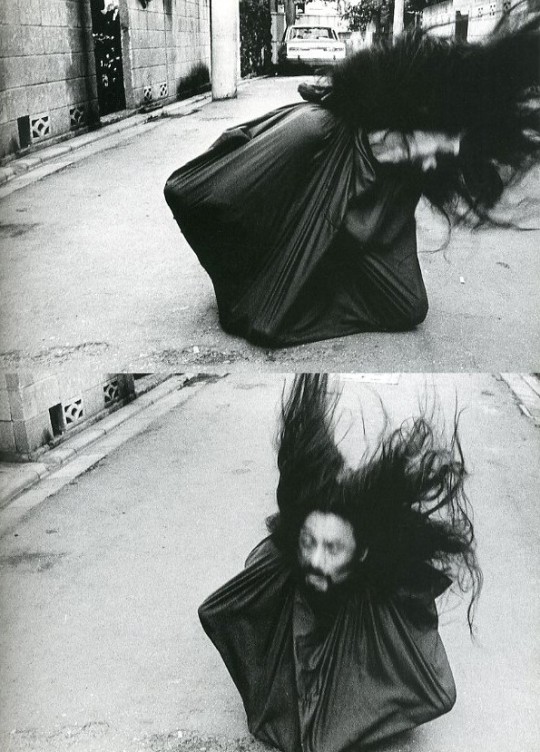
Tatsumi Hijikata, Performance, date unknown
Possibly from Tatsumi Hijikata’s Butoh: Surrealism of the Flesh, Ontology of the “Body”
477 notes
·
View notes
Text

Butoh by Kazuo Ohno & Tatsumi Hijikata
437 notes
·
View notes
Text


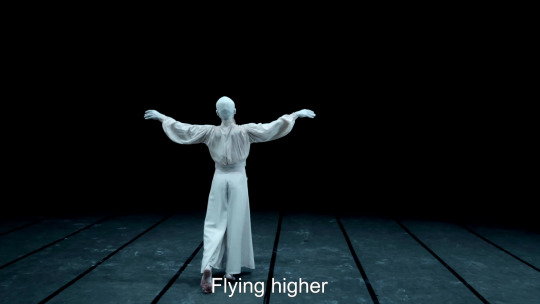
舞踏 Butoh Dance | Hijikata Three Chapters (土方三章) - performed by Dai Matsuoka (Sankai Juku)
source
#butoh#sankai juku#dai matsuoka#japanese dance#japanese theatre#japanese performative arts#japanese culture#tatsumi hijikata#modern dance#japan#japanology
65 notes
·
View notes
Photo



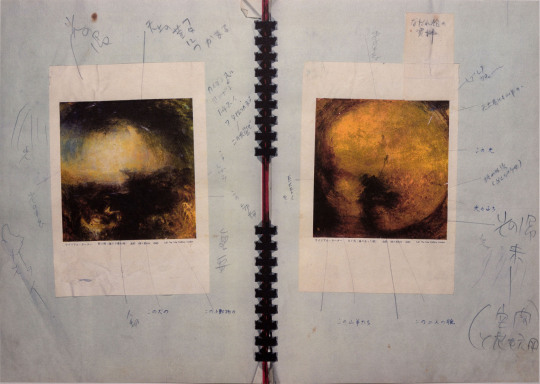
Tatsumi Hijikata, スクラップブック(写真版), Scrapbook (Facsimiles), 1972-76, Print and panel, 43.5 × 64.5 cm
186 notes
·
View notes
Photo

Tatsumi Hijikata, 深瀬昌久: スイカを喰う土方巽(大), Photograph by Masahisa Fukase, Tatsumi Hijikata Eating a Watermelon (large), 1970, 17 7/8 x 19 7/8 in
119 notes
·
View notes
Text

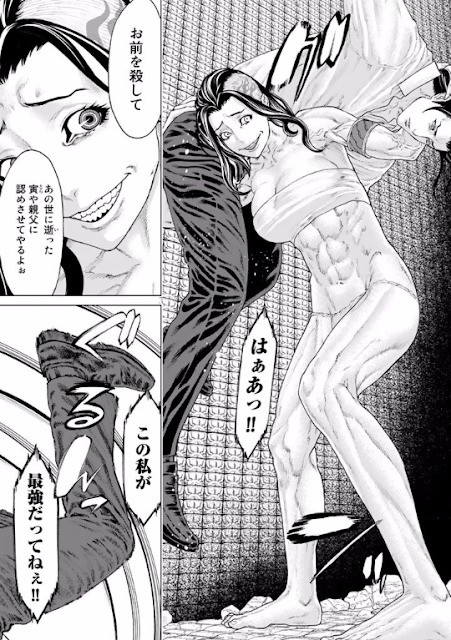


muscular woman of the day: tatsumi hijikata from golosseum
14 notes
·
View notes
Photo

Horrors of Malformed Men (1969)
by Teruo Ishii
18 notes
·
View notes
Text
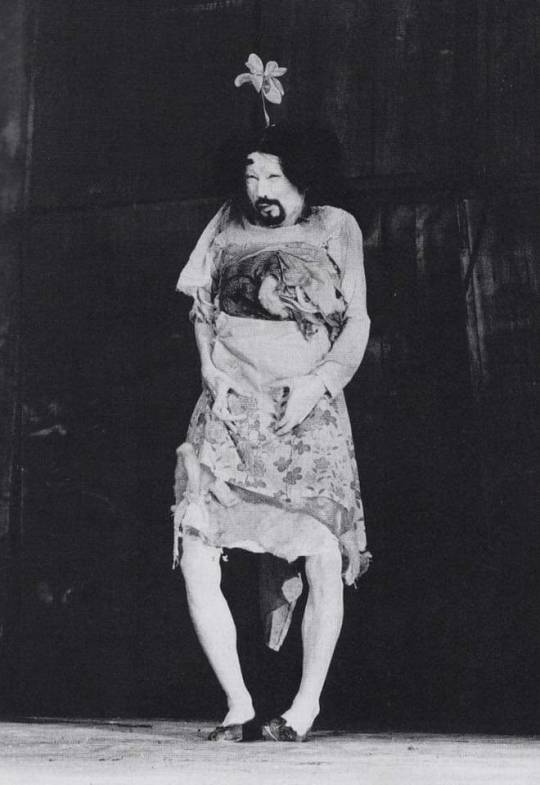
Tatsumi Hijikata,
Shizukana le,
1973
Photographed by Makoto Onozuka
“I keep one of my sisters alive in my body when I am absorbed in creating a Butoh piece, she tears off the darkness in my body and eats more than is necessary of it…when she stands up in my body I sit down impulsively.”
14 notes
·
View notes
Text
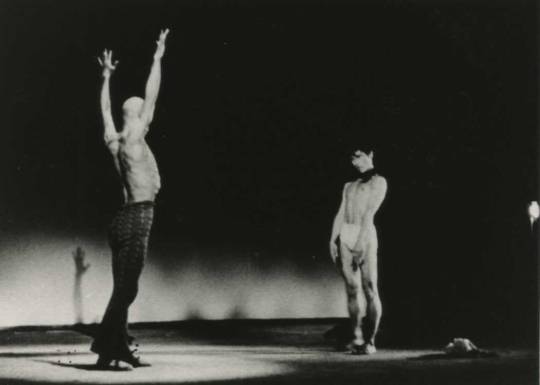
REFs:
Tatsumi Hijikata and Yoshito Ohno
9 notes
·
View notes
Text






Postcards from the Verge - Butoh/Impro at Dancehouse Friday 20th October 2023 - Photos By Anna White https://www.instagram.com/annnagramme
2 notes
·
View notes
Text
0 notes
Text
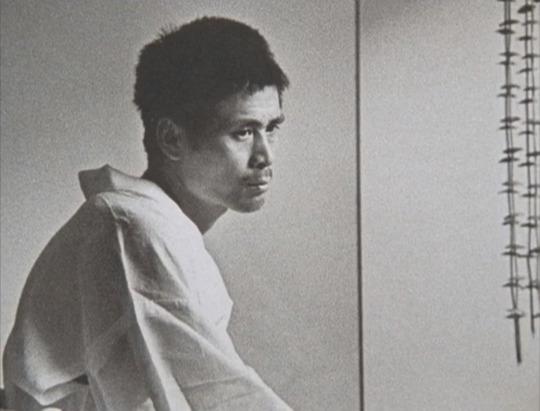
Tatsumi Hijikata (土方 巽) - Japanese choreographer and founder of a genre of a dance performance called butoh.
Butoh: Body on the Edge of Crisis
8 notes
·
View notes
Photo
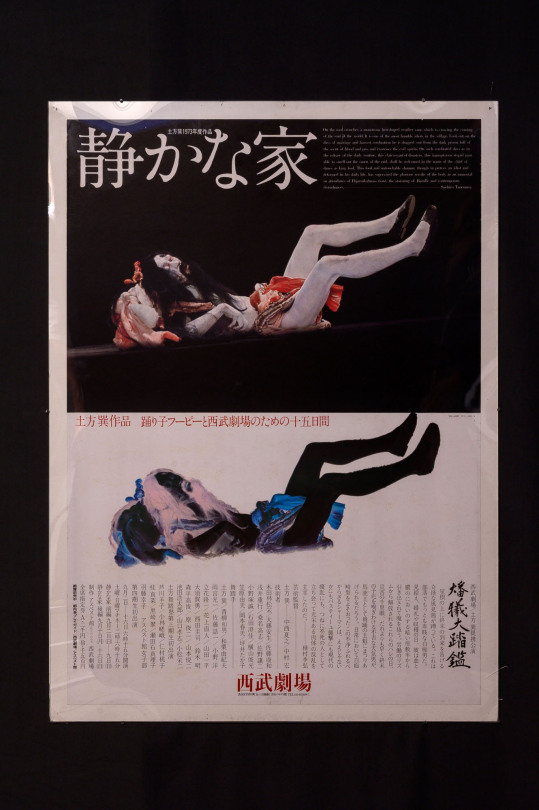
Tatsumi Hijikata, 田中一光(山崎博): 静かな家, Design by Ikko Tanaka, Photograph by Hiroshi Yamazaki, Quiet House (Part I), 1973, 42 7/8 x 31 in
28 notes
·
View notes
Text
Inu-Oh: Rebel Yell
From Lu Over the Wall to Ride Your Wave, animator Masaaki Yuasa’s films have always involved songs to some extent, but Inu-Oh is the director’s first proper musical—a centuries-spanning supernatural opera of epic proportions.

As in all great jidaigeki, the plot revolves around social outcasts resisting authority. In this case, our unlikely heroes are Tomona, a blind biwa player, and the eponymous Inu-Oh, a physically deformed dancer. Together, the subversive pair basically invents rock and roll a few hundred years early (adopting a style reminiscent of Michael Jackson, Prince, and especially Queen—with perhaps a pinch of Tatsumi Hijikata, the creator of Butoh, sprinkled on for extra flavor), resulting in a full-blown cultural revolution that challenges the staid, rigid traditions of feudal-era theater and earns the ire of the oppressive forces seeking to “unify” (i.e., subjugate) Japan.
As expected, Yuasa’s impressionistic visuals are as gorgeous as they are unique—indeed, as his career progresses, he’s proving himself to be downright aesthetically chameleonic. Whereas Mind Game experimented with mixed media, Lu Over the Wall paid homage to Max Fleischer, and Night Is Short, Walk On Girl resembled an Osamu Tezuka comic brought to life, Inu-Oh evokes classic sumi-e paintings, featuring sprawling depictions of the Genpei War that rival even those glimpsed in Masaki Kobayashi’s similarly themed Kwaidan.
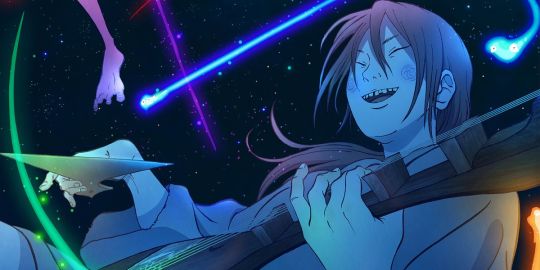
The movie’s true excellence, however, lies in its audio—particularly in how the sound design shapes the imagery. When we “see” the world as our sightless protagonist perceives it, for example, such ambient noises as the patter of rain, the rustle of leaves, and the thunder of a horse’s hooves literally burst into splashes of watercolor, drenching the screen in vibrant shades of blue, yellow, green, and red. Thus, Inu-Oh delights the eyes and the ears in equal measure—a sumptuous feast for all of the viewer’s senses.
#Inu-Oh#Masaaki Yuasa#Japanese film#Japanese cinema#anime#Japanese animation#animation#film#writing#movie review
98 notes
·
View notes
Photo


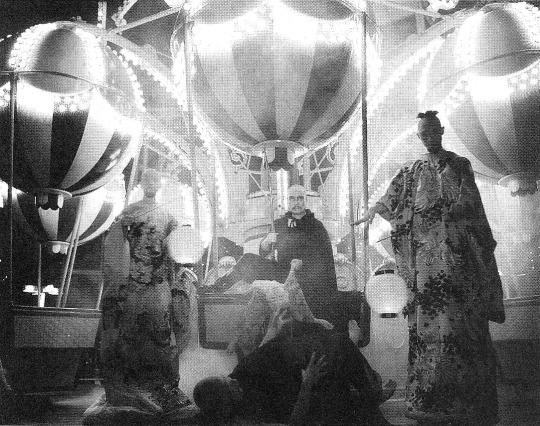
Fairly recently I got my hands on a set of interesting flyers that are adjacent to my current interest in early guro media and Japanese surrealism. I scanned both flyers in, front and back. This one is the flyer for an event that was called Maro Akaji’s Panorama Museum (麿赤児のパノラマ怪奇館). I couldn't find that much information on the event, only a few tweets exist that describe it as being a haunted house-styled performance from 1992 that featured music by John Zorn. Akaji Maro was a butoh performer who alongside directing his own theater productions also acted in films like Shinya Tsukamoto's Gemini, so it's likely that the event would've been in some way or another styled after butoh. I'm assuming that the title is an allusion to the 1926 Edogawa Ranpo novel The Strange Tale of Panorama Island. The affiliation would be fitting since outside of Maruo’s own recent adaption of the story, the most well-known retelling of Panorama Island was Teruo Ishii’s Horrors Of Malformed Men, which prominently featured butoh actors with Tatsumi Hijikata acting as the film’s main antagonist.
43 notes
·
View notes